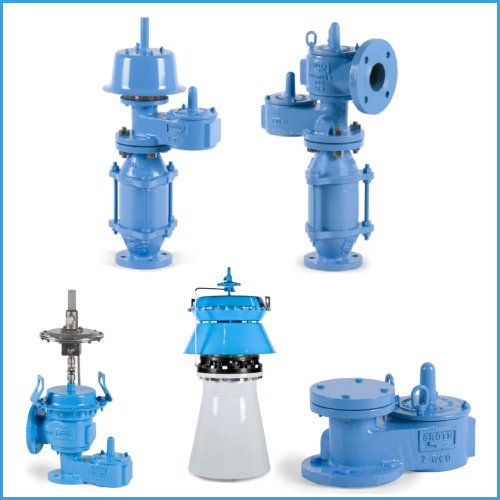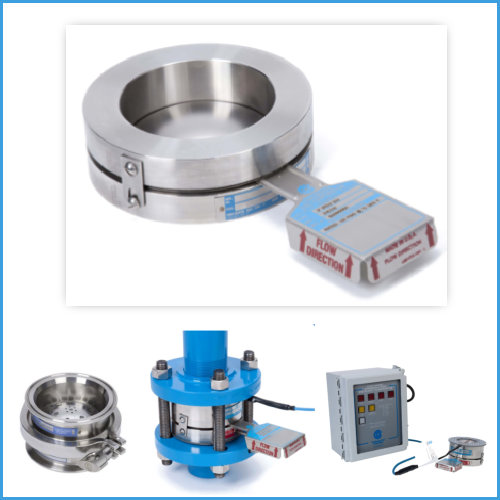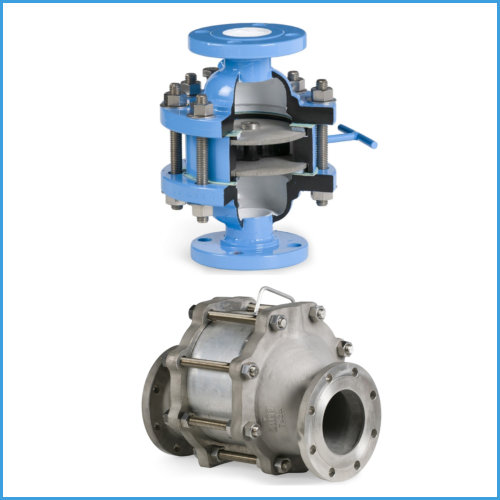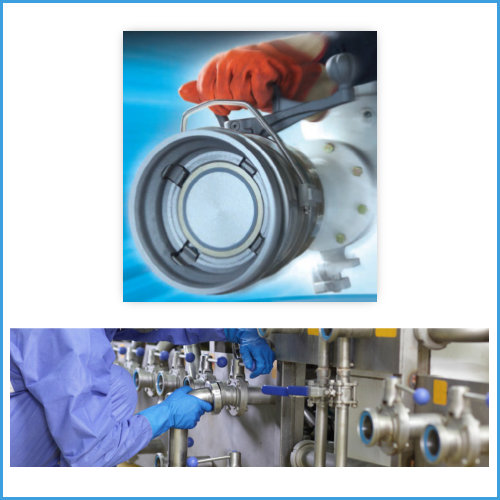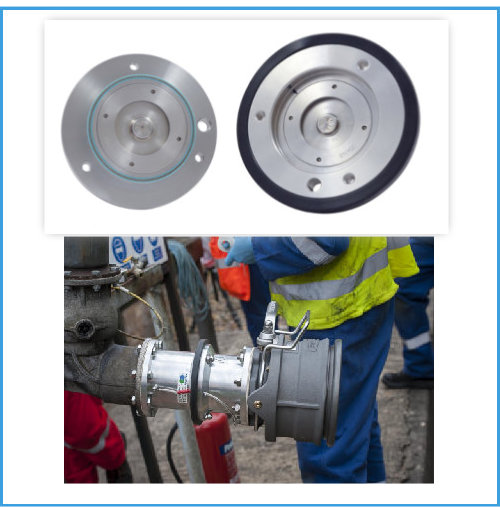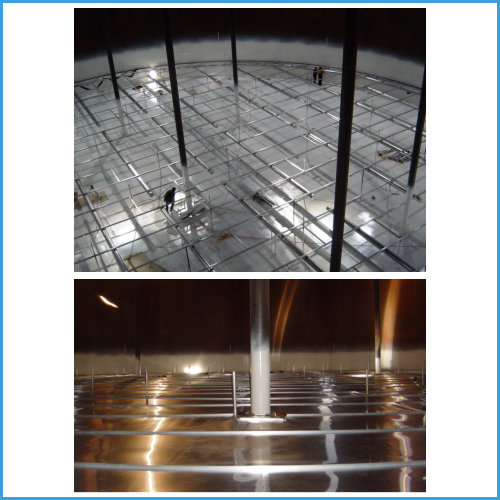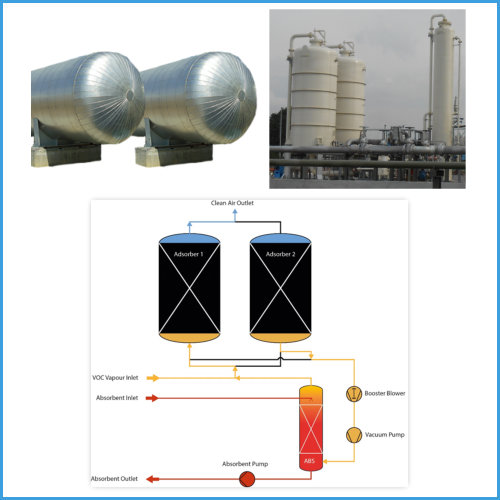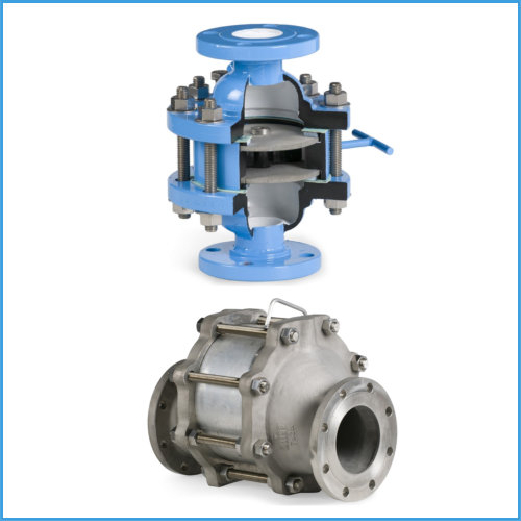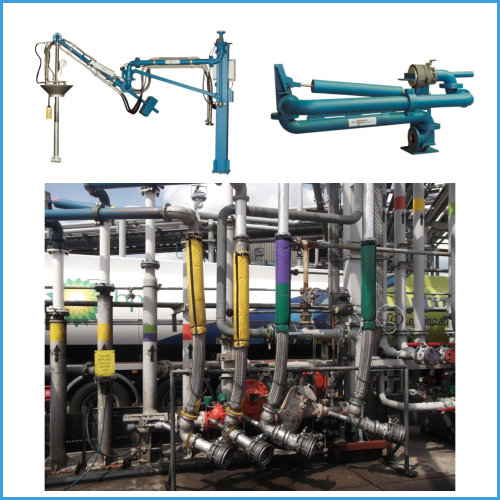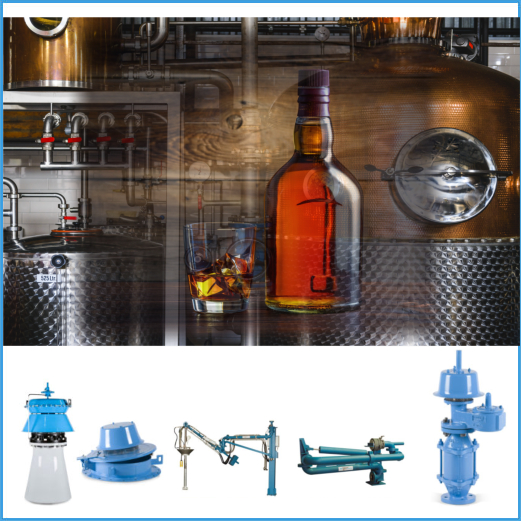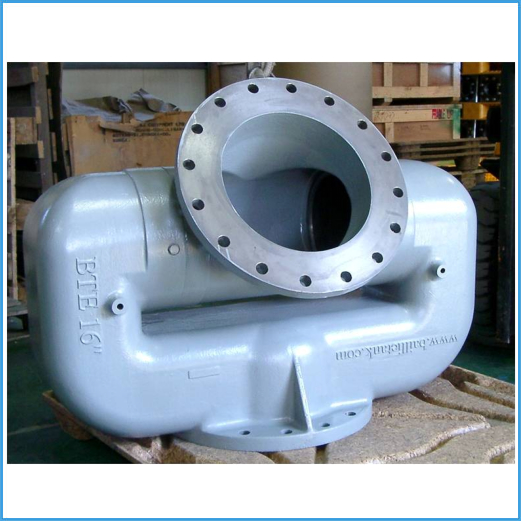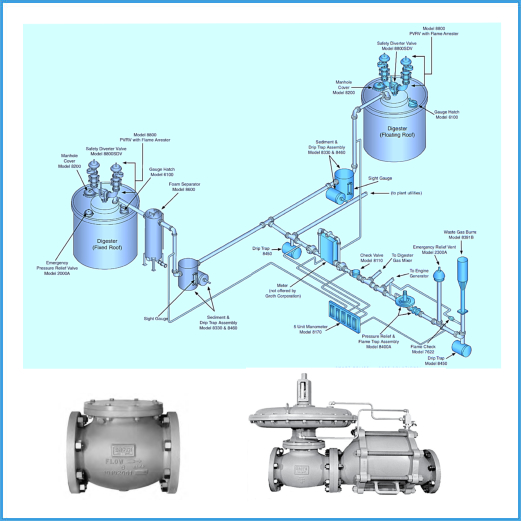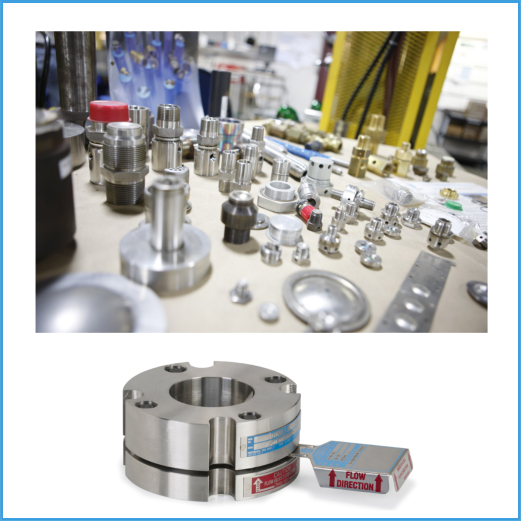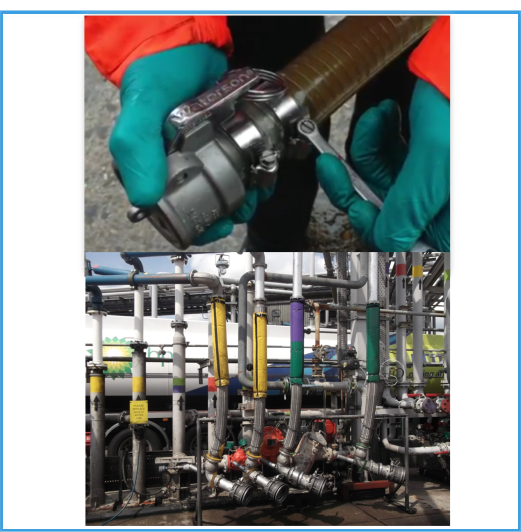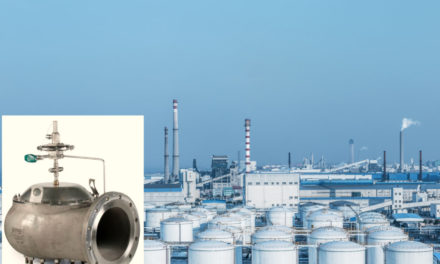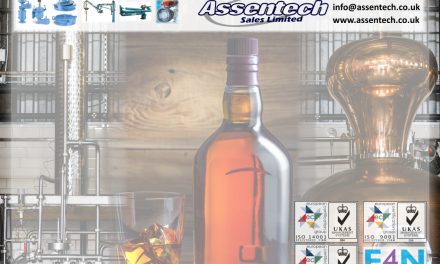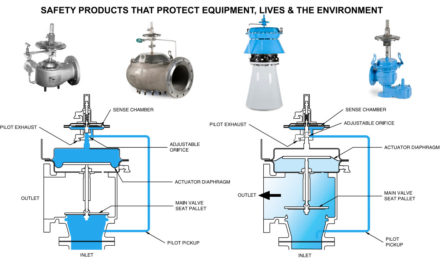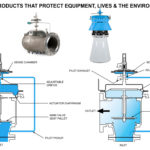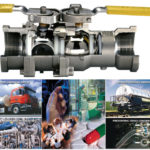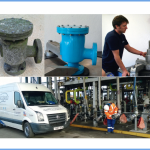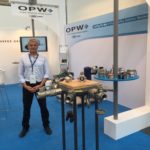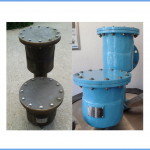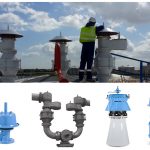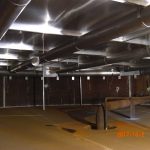Emissions Control – Preventative Maintenance “STAYING IN TIPTOP SHAPE”
Preventative maintenance is key to identifying malfunctioning equipment before an incident happens
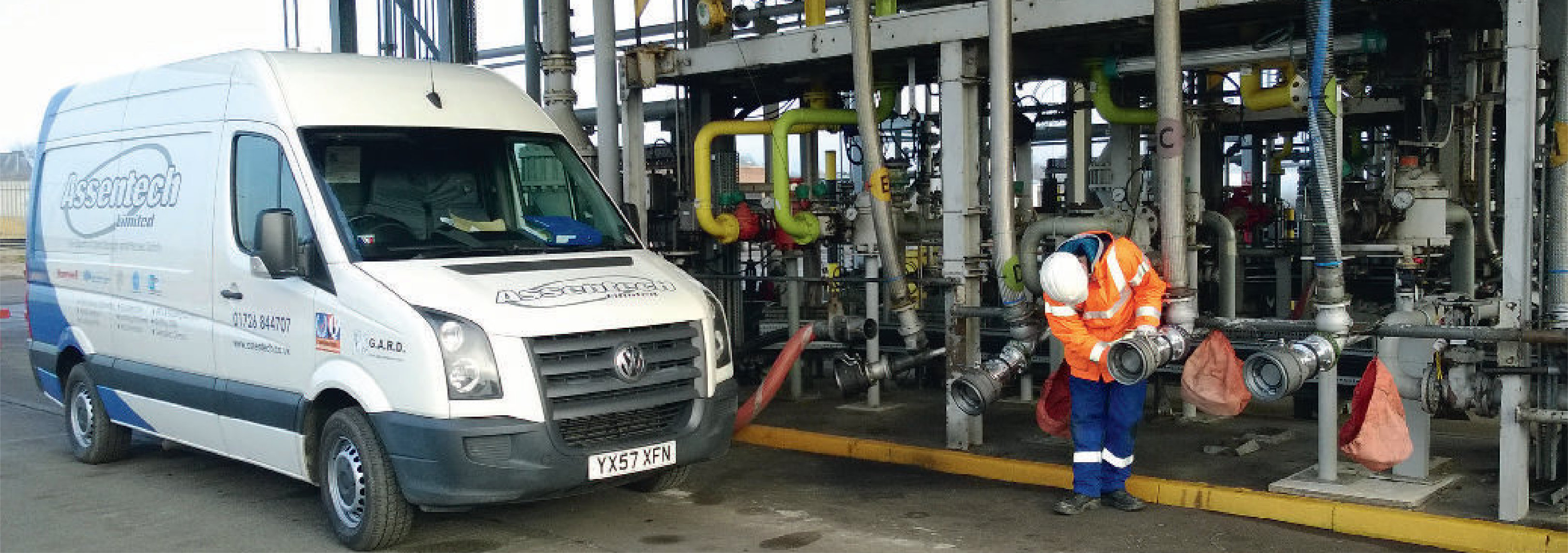
Management ageing plant is never easy. Tight budgets and scarce labour resources following seven years in recession have not made tank farm management any easier.
Also, ever tightening legislative compliance keeps everyone on their toes. It only takes an event like Buncefield or the recent accident in China to remind us how important it is to keep employees and assets safe.
Well-maintained facilities do not suffer unplanned outages or fines and the associated bad press by the Environment Agency or the Health and Safety Executive (HSE). Furthermore the quality of stored product remains at a premium, resulting in minimal production issues and product quality does not decline.
It is an unfortunate reality that most catastrophic incidents follow a number of ignored near misses. Those who have attended one of Assentech’s technical seminars will see at first-hand how 20 mbarg will not burst a balloon but can lift a 6 tonne tank off its base. Keeping your plant in tiptop shape is imperative and will ensure a safe working environment.
You will also benefit from compliance, minimal downtime and maximum profitability.
One of the keys to success is maintaining the condition of the equipment and this can be achieved through the development of a preventative maintenance plan. An easy to follow programme can be designed to fit any type of site by following some simple guidelines and setting up routine inspections. Failing components will be identified and corrected before an incident occurs and the site operating efficiency will be maintained.

Preventative maintenance plans and structured key performance indicators are designed to address issues of malfunctioning and under performing equipment before an incident occurs.
This strategy is a well-trodden path with high pressure relief equipment following many years of legislative development.
A systematic and structured maintenance procedure of low pressure systems is less uniform between operators. The HSE is increasing focus and awareness of safety and management of ageing assets by promoting the importance of following a structured process.
The most comprehensive preventative plan should be developed for each piece of equipment. Once the piece of equipment has an asset number it is necessary to review its suitability for the intended service.
This review can be achieved by reviewing the service manual, performance curve(s) and test certificates. The distributor or manufacturer can assist with this process. The maintenance regime must include information on inspection intervals and the lubrication schedule. With the recommended information in hand, the plan can be tailored to fit the usage of the equipment and/or the site standards. Other criteria can determine the time frame and frequency of equipment detailed on your maintenance plan and these include:
- Construction : Quality and suitability of the original fabrication and installation
- Design : Life limiting factors assumed at design stage, Design quality Calibration Documentation requirements
- Suppliers : Obsolescence of equipment
- Operation : Operating within design limits
- Inspection : Visual inspection for deterioration
- Modifications : Any modification or change from original scope

Breather valves are no exception. A simple visual inspection is no longer accepted by the HSE. Servicing breather valves is not the most enthralling part of the maintenance routine, but if they are not looked after they could lead to the plant being closed, a fine by the HSE or worse still, harm to employees or loss of life.
Every company needs to ensure its valves are functioning as well as they can. They need to be calibrated, leakage tested and certified as fully functional. Otherwise the consequences can be very dangerous and expensive.
Breather valves lose their ability to seal over time. Assentech often inspects valves that have had weight added to the pallet assembly to compensate for poor sealing. This is a very dangerous correction and could result in a tank collapse. This would only be flagged by a weight test which is part of the valve calibration protocol but the subsequent HSE investigation would centre on why the weight was added, by whom and for what reason.
The conservation of vapours and minimising of water ingress are key elements in sustaining the quality of stored liquids. Storage tanks are typically large volume low pressure vessels so the provision of tight sealing and adequate vapour/air exchange is essential. An efficient breather valve safely conserves vapours up to the maximum allowable working pressure.
Servicing and maintaining valves isn’t rocket science, but it does need specialist knowledge on how breather valves work and are calibrated.
Assentech’s calculation methods are third party verified which gives customers peace of mind. Assentech focuses on the valve as part of the business process. Properly maintained breather valves can save an operator a huge amount of money and time.
Assentech can service and calibrate many brands of breather valve and is the UK’s only Groth service centre and one of only two Europe-wide. It is fully certified to calibrate and leakage-test its full range of breather valves onsite and at its fully equipped service centre. This approach is essential to the safe and efficient running of a higher tier COMAH site.
RELEVANT STANDARDS AND REFERENCE
- EEMUA Publication 231 Ed 1 – The mechanical integrity of plant containing hazardous substances
- EEMUA Publication 159 – Users’ Guide to the Inspection, Maintenance and Repair of Above Ground Vertical Cylindrical Steel Storage Tanks
- EEMUA Publication 217 Ed 1 – Safe and Effective Operation of Storage Tanks
- EEMUA Publication 213 Ed 1 – Emission reduction from Oil Storage Tanks and loading operations
- HSG 176 – The storage of flammable liquids in tanks
- API 653 – Tank inspection, repair, alteration and reconstruction.
- API 2000 – Venting Atmospheric and Low-pressure Storage Tanks
- RR760 – Mechanical integrity management of bulk Storage Tanks
- BS EN 14015:2004 – Site built flat bottomed atmospheric Storage Tanks
- ISO 28300 – Venting of atmospheric low-pressure Storage Tanks
Assentech supply, install and service full range of storage tank and fluid transfer equipment in the UK and Europe.
At Assentech, we supply a broad range of services to the fluid process, transfer and storage industries.
We provide technical assistance, installation and maintenance for all of the products we offer, as well as for similar equipment from 3rd party manufacturers.

